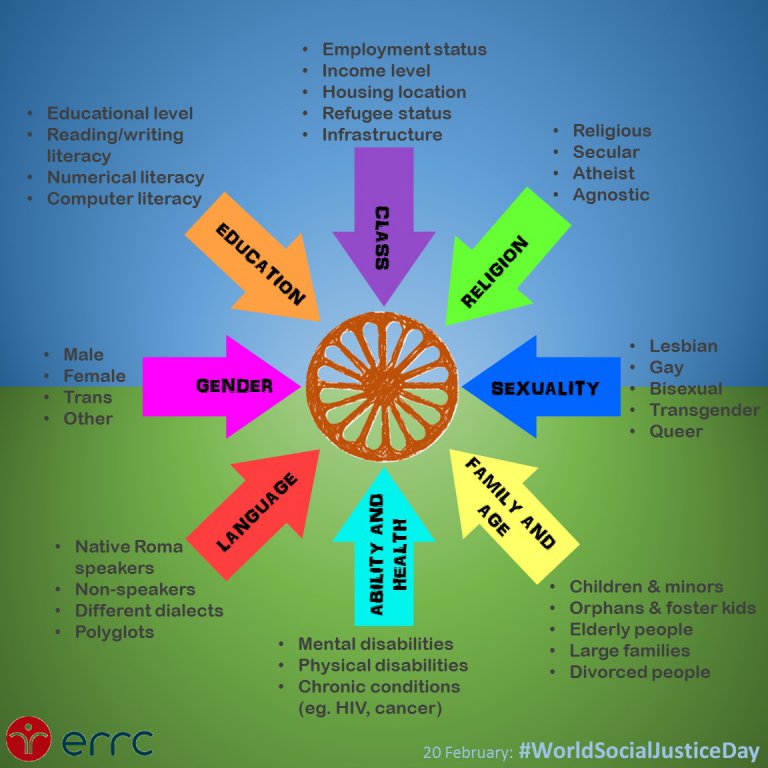Dipping Our Toes in the Waters of Intersectionality
20 February 2017
By Benjamin Ignac
Intersectionality is a neologism coined by American civil rights advocate Kimberlé Williams Crenshaw in 1989. It was used to describe the complex and cumulative way that the effects of different forms of discrimination (such as racism, sexism, and classism) combine, overlap, and intersect-especially in the experiences of marginalized people or groups. Although it’s been around for a while now, intersectionality is still a word that’s new to many of us.
The graph below shows us how often people Googled “Intersectionality” in the last 5 years. We can see that the popularity of this term is steadily growing with the biggest peak on January 22 this year, which was the day after the global Women’s March protest in solidarity against the hate-narrative rhetoric of the incoming president Donald Trump. I dread that we live in a world with growing right-wing populism and the leader of the free world is preaching classism, bigotry, sexism, misogyny, homophobia, islamophobia, xenophobia and other forms of hate. On the bright side, I appreciate the social justice movements and dialogues that these events have generated, especially regarding intersectionality. But we can’t talk about things like social justice or feminism if we don’t mention intersectionality.

Intersectionality and Roma Identities
Why should Roma people care about intersectionality, aren’t we all just Roma and aren’t we all facing pretty much the same type of discrimination?
Roma people, just like people in general, are diverse with complex multi-layered identities. So we end up being more than just walking incarnations of the Roma ethnicity tropes attributed by society. We have other identities too and these include our race or skin complexion, religion, language, sexual orientation, citizenship, age, ability, education, socio-economic status, family status and many other subtle things that affect the way we see the world and the way the world sees us. The combination of our identities is as unique as our DNA or fingerprint so the daily challenges each of us face as a marginalised ethnicity will be nuanced based on the intersection of our identities. For example, Romani women are oppressed by both the patriarchy and by the anti-Roma establishment. Gay Roma will be persecuted for identifying both as LGBTQ and Roma. Muslim Roma will face discrimination when dealing with islamophobic people but also the regular anti-Roma discrimination. Now those are just examples of double discriminations. Imagine the hardships of a Romani women with Down Syndrome or an HIV positive Romani Muslim refugee boy without parents. Of course, discrimination should not be ranked or quantified as it is not only situational but also depends on how each individual experiences it. However, multiple discrimination deserves to be recognized by the legal system and dealt with through the lens of intersectionality. If a Romani woman experiences intersectional discrimination it should not only be recognized as a Roma rights issue but also a gender equality issue.
Intersectionality and the law
According to the EU Race Equality Directive 2000/43/EC recital 14: “In implementing the principle of equal treatment irrespective of racial or ethnic origin, the Community should, in accordance with Article 3(2) of the EC Treaty, aim to eliminate inequalities, and to promote equality between men and women, especially since women are often the victims of multiple discrimination”. The mention of the concept “multiple discrimination” is the closest they got to describe intersectionality and the first time it was mentioned in European legislation. However, this is just part of the introduction of the legislation and is actually not legally binding.
The 2009 ERRC report on Multiple Discrimination talks about the problem of multiple discrimination and how it is believed to be widespread. Unfortunately, the concept of multiple discrimination or intersectionality has not been integrated into legal remedies, policy making or appropriate data collection. It seems that it is more convenient for the law to deal with a gender discrimination problem and with an ethnic discrimination problem separately. Why is it too difficult a task for people not to categorize us with a single label? Could you be adequately defined by one single aspect of your existence?
Embracing our multiple identities
Although oppressed and discriminated against by the majority for being Roma, the Roma themselves often participate in discriminatory acts and oppression within their own communities. We are not immune to things like bigotry, sexism and other forms of hate. For example, there are stark gender inequalities, intolerance towards LGBTQ+ people, conflict based on national, religious or linguistic heritage, classism and divisions based on the darkness of your skin, your socio-economic status, level of education or age. These things divide and weaken us from the inside, which is the last thing we need when fighting for social justice. Injustice for one is injustice for all. We have to tolerate and embrace our different identities and help each other as allies because we can only act stronger when we act together. It is just like Abraham Lincoln once said: A house divided against itself cannot stand.





